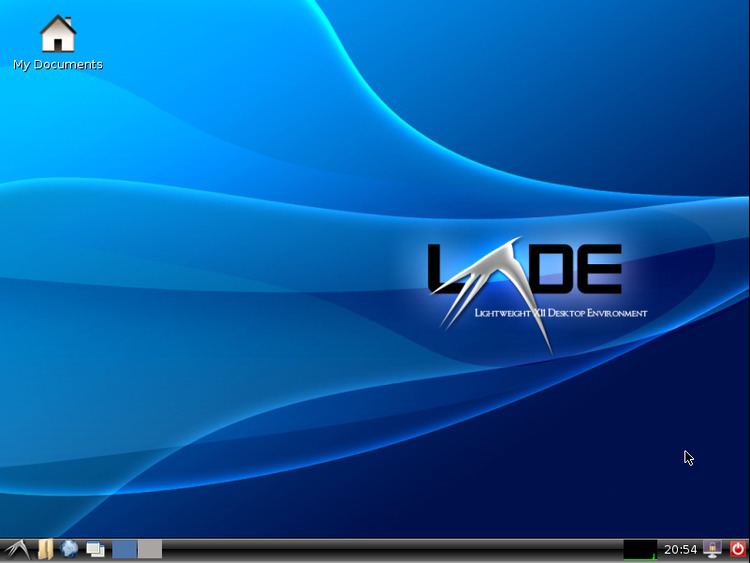Original author(s) Repository github.com/lxde | Developer(s) The LXDE Team | |
 | ||
Initial release 2006; 11 years ago (2006) Last release 0.99.1 / February 20, 2016; 12 months ago (2016-02-20) | ||
LXDE (abbreviation for Lightweight X11 Desktop Environment) is a free desktop environment with comparatively low resource requirements. This makes it especially suitable for resource-constrained personal computers such as netbooks or system on a chip computers.
Contents
Overview
LXDE is written in the C programming language, using the GTK+ 2 toolkit, and runs on Unix and other POSIX compliant platforms, such as Linux and BSDs. The goal of the project is to provide a desktop environment that is fast and energy efficient.
In 2010, tests suggested that LXDE 0.5 had the lowest memory usage of the four most popular desktop environments of the time (GNOME 2.29, KDE Plasma Desktop 4.4, and Xfce 4.6), and that it consumed less energy, which suggests mobile computers with Linux distributions running LXDE 0.5 drained their battery at a slower pace than those with other desktop environments.
LXDE is the default desktop environment of Knoppix, Lubuntu, LXLE Linux and Peppermint Linux OS among other distributions.
LXDE uses rolling releases for the individual components (or group of components with coupled dependencies). The default window manager used is Openbox, but a third-party window manager may be configured to be used with LXDE, such as Fluxbox, IceWM or Xfwm. LXDE includes GPL-licensed code as well as LGPL-licensed code.
History
The project was started in 2006 by Taiwanese programmer Hong Jen Yee (Chinese: 洪任諭; pinyin: Hóng Rènyù), also known as PCMan, when he published PCManFM, a new file manager and the first module of LXDE.
Comparing Linux distribution rankings for DistroWatch in early January 2011 for the year 2010 versus 2009, Ladislav Bodnar noted the increase in popularity of LXDE versus other desktop environments. He said, "Looking through the tables, an interesting thing is the rise of distributions that use the lightweight, but full-featured LXDE desktop or the Openbox window manager. As an example, Lubuntu now comfortably beats Kubuntu in terms of page hits, while CrunchBang Linux, a lightweight distribution with Openbox is still in the top 25 even though it failed to produce a stable release for well over a year. Many other distributions started offering LXDE-based editions of their products, further contributing to the dramatic rise in popularity of this relatively new desktop environment."
Qt port
Dissatisfied with GTK+ 3, Hong Jen Yee experimented with Qt in early 2013 and released the first version of a Qt-based PCManFM on 26 March 2013.
On 3 July 2013 Hong Jen Yee announced a Qt port of the full LXDE suite. And on 21 July 2013, Razor-qt and LXDE announced that they are merging the two projects. This merge means that the Gtk+ and the Qt versions will coexist at first but that, eventually, the GTK version will be dropped and all efforts will be focused on the Qt port.
Software components of LXDE
Unlike other major desktop environments such as GNOME, the components of LXDE have few dependencies and are not tightly integrated. Instead, they can be installed independently of each other or LXDE itself.
